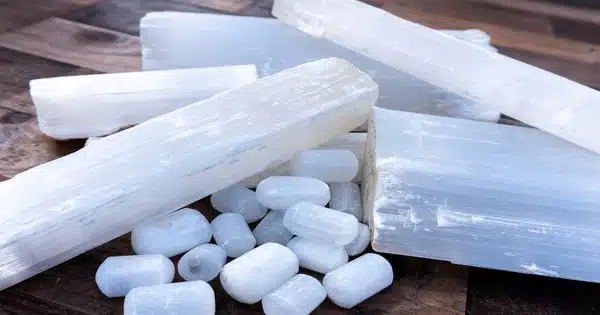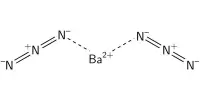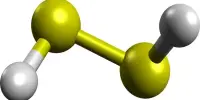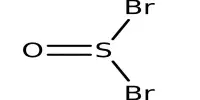A selenate selenite is a chemical compound or salt that contains selenite and selenate anions. These are mixed anion compounds. Some have third anions. Selenate and selenite are two different chemical forms of selenium, an essential trace element. Both are compounds containing selenium, but they have different chemical structures and properties.
Naming
A selenate selenite compound may also be called a selenite selenate. Selenate is a selenium compound with a tetrahedral molecular structure. It has four oxygen atoms bonded to a central selenium atom. Selenates are water-soluble salts. They are often used in selenium supplementation for plants and animals. In the environment, selenates can be found in water sources and soils. High concentrations of selenates can be toxic to living organisms.
Production
One way to produce a selenate selenite compound is to evaporate a water solution of selenate and selenite compounds. Selenites are also water-soluble salts. They are commonly found in the Earth’s crust and in natural water sources. Like selenates, selenites can be toxic in high concentrations. Selenites are often used in the glass industry to decolorize glass and to make red color in fireworks.
Properties
On heating, selenate selenites lose SeO2 and O2 and yield selenites, and ultimately metal oxides. Selenium is an essential trace element for many organisms, including humans. It plays a crucial role in various biological processes, including the synthesis of selenoproteins with antioxidant properties.
Toxicity
While selenium is essential in small amounts, excessive selenium intake can be toxic. The toxic level depends on the chemical form of selenium and varies among different organisms.
Environmental Impact
Selenium can be present in the environment through natural processes or human activities. Excessive selenium in aquatic ecosystems, for example, can lead to adverse effects on fish and other aquatic life.















